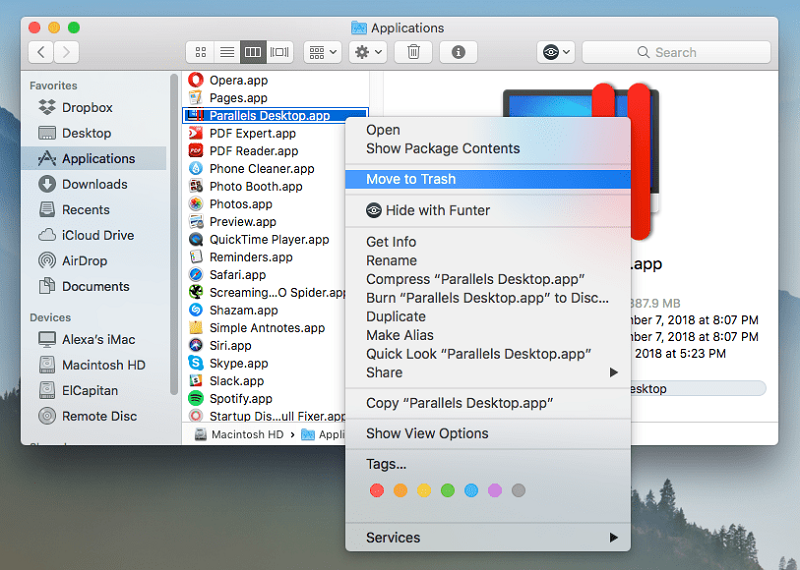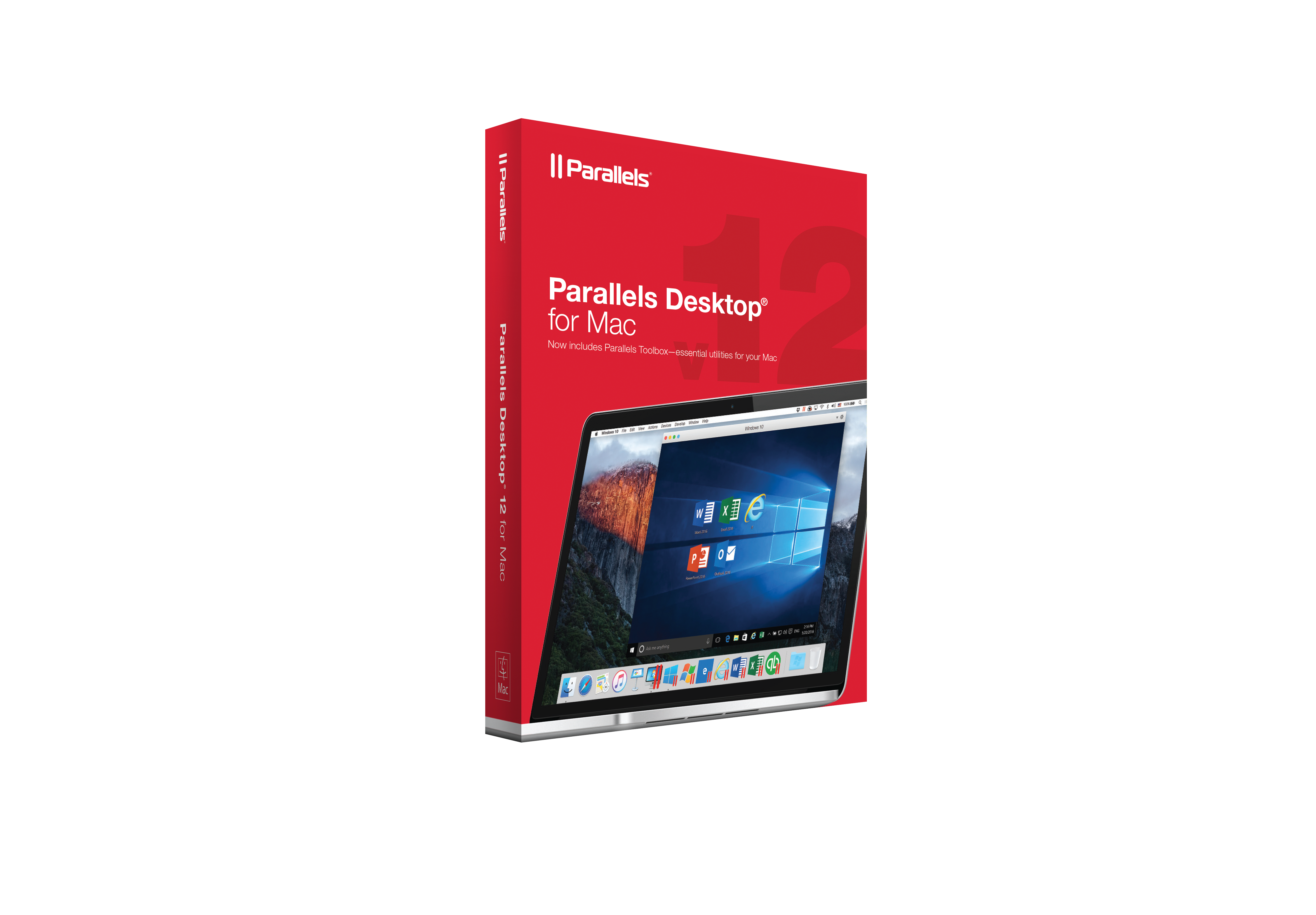


The physical, "real-world" hardware running the VM is generally referred to as the 'host', and the virtual machine emulated on that machine is generally referred to as the 'guest'. See also: Hardware virtualization and comparison of platform virtualization softwareĪ "virtual machine" was originally defined by Popek and Goldberg as "an efficient, isolated duplicate of a real computer machine." Current use includes virtual machines that have no direct correspondence to any real hardware. The terms are not universally interchangeable.ĭefinitions System virtual machines Operating-system-level virtualization allows the resources of a computer to be partitioned via the kernel.


Some virtual machine emulators, such as QEMU and video game console emulators, are designed to also emulate (or "virtually imitate") different system architectures, thus allowing execution of software applications and operating systems written for another CPU or architecture. Process virtual machines are designed to execute computer programs in a platform-independent environment.Modern hypervisors use hardware-assisted virtualization, with virtualization-specific hardware features on the host CPUs providing assistance to hypervisors. A hypervisor uses native execution to share and manage hardware, allowing for multiple environments that are isolated from one another yet exist on the same physical machine. They provide the functionality needed to execute entire operating systems. System virtual machines (also called full virtualization VMs) provide a substitute for a real machine.Virtual machines differ and are organized by their function, shown here: Their implementations may involve specialized hardware, software, or a combination of the two. Virtual machines are based on computer architectures and provide the functionality of a physical computer. In computing, a virtual machine ( VM) is the virtualization or emulation of a computer system.


 0 kommentar(er)
0 kommentar(er)
